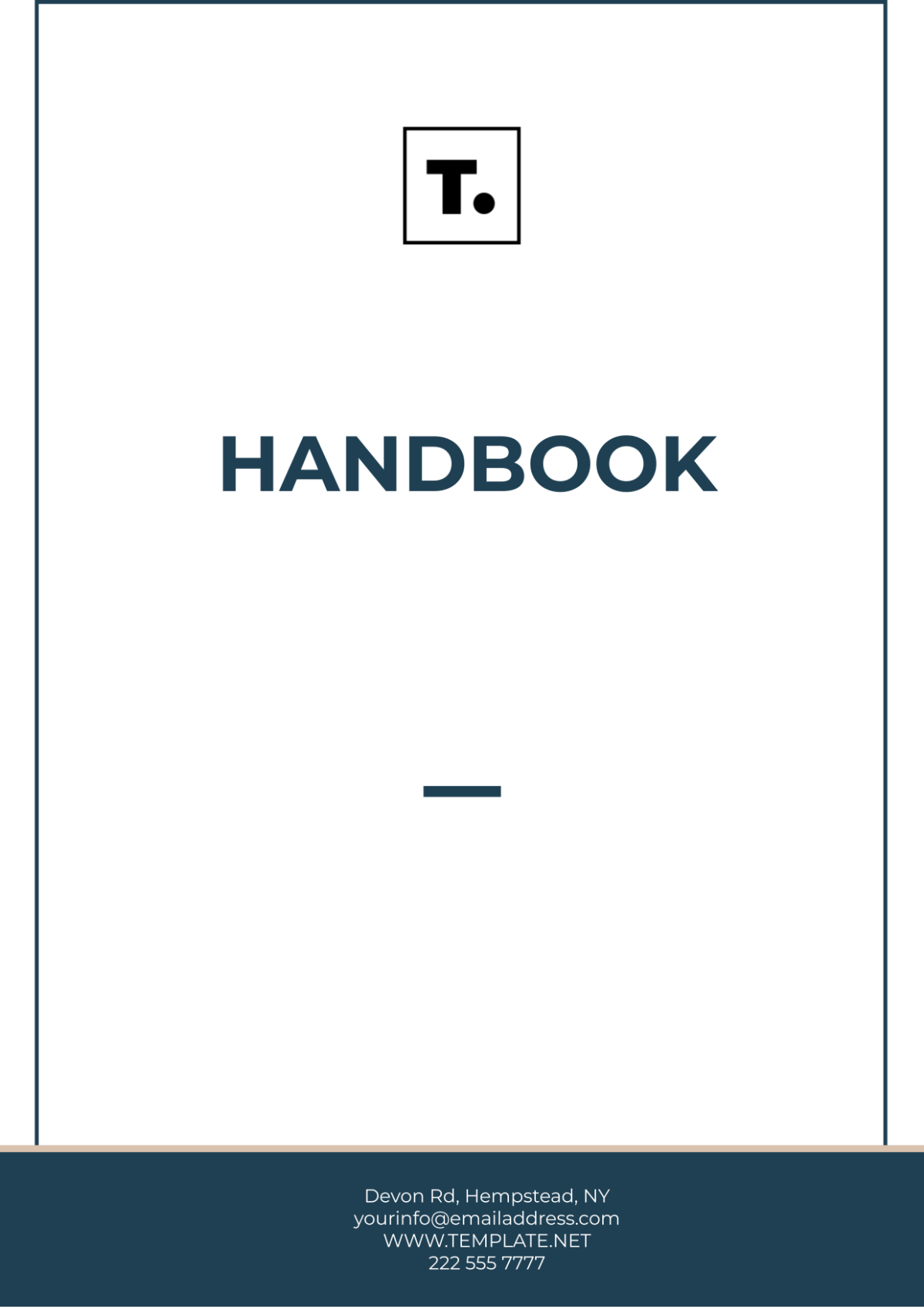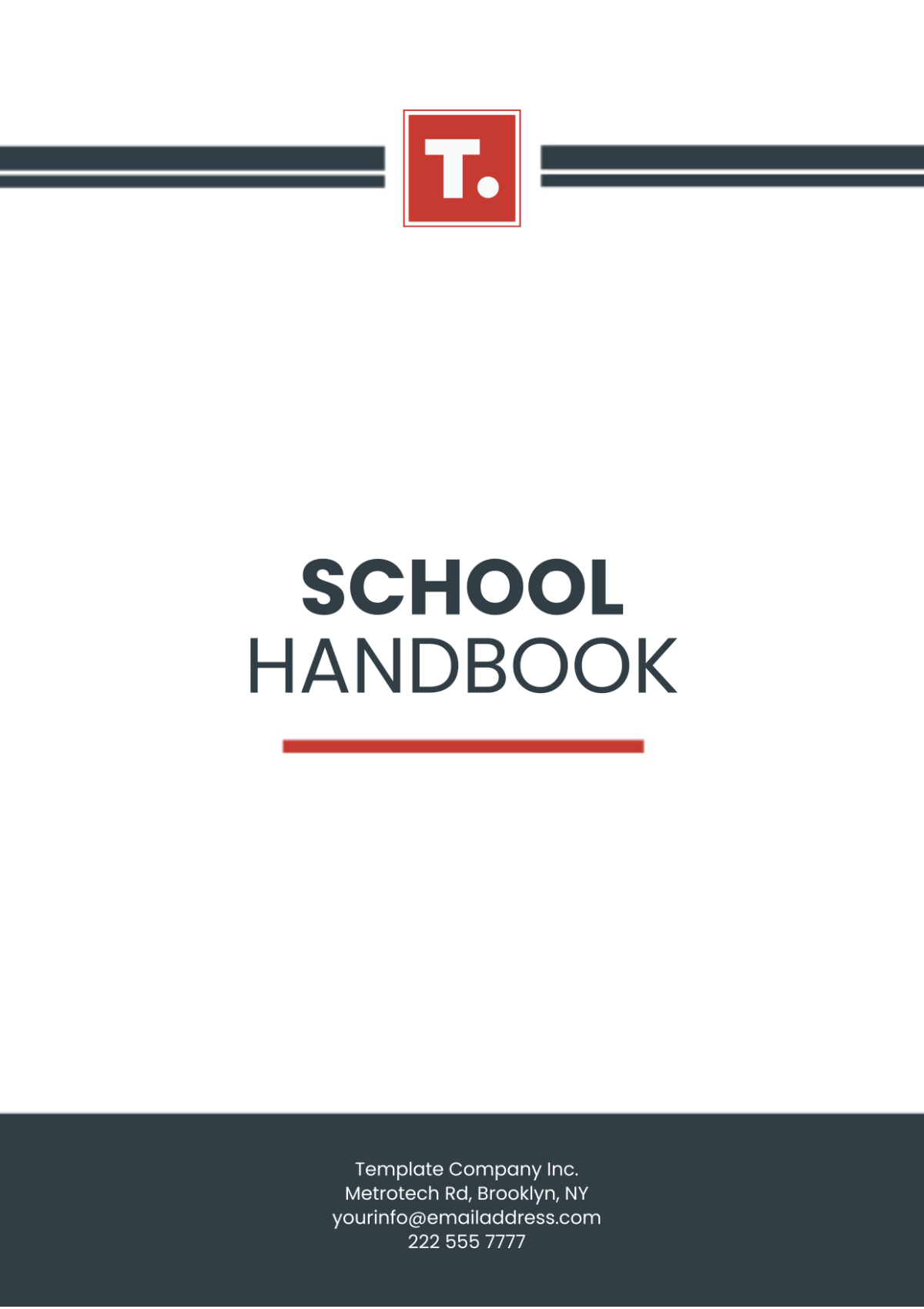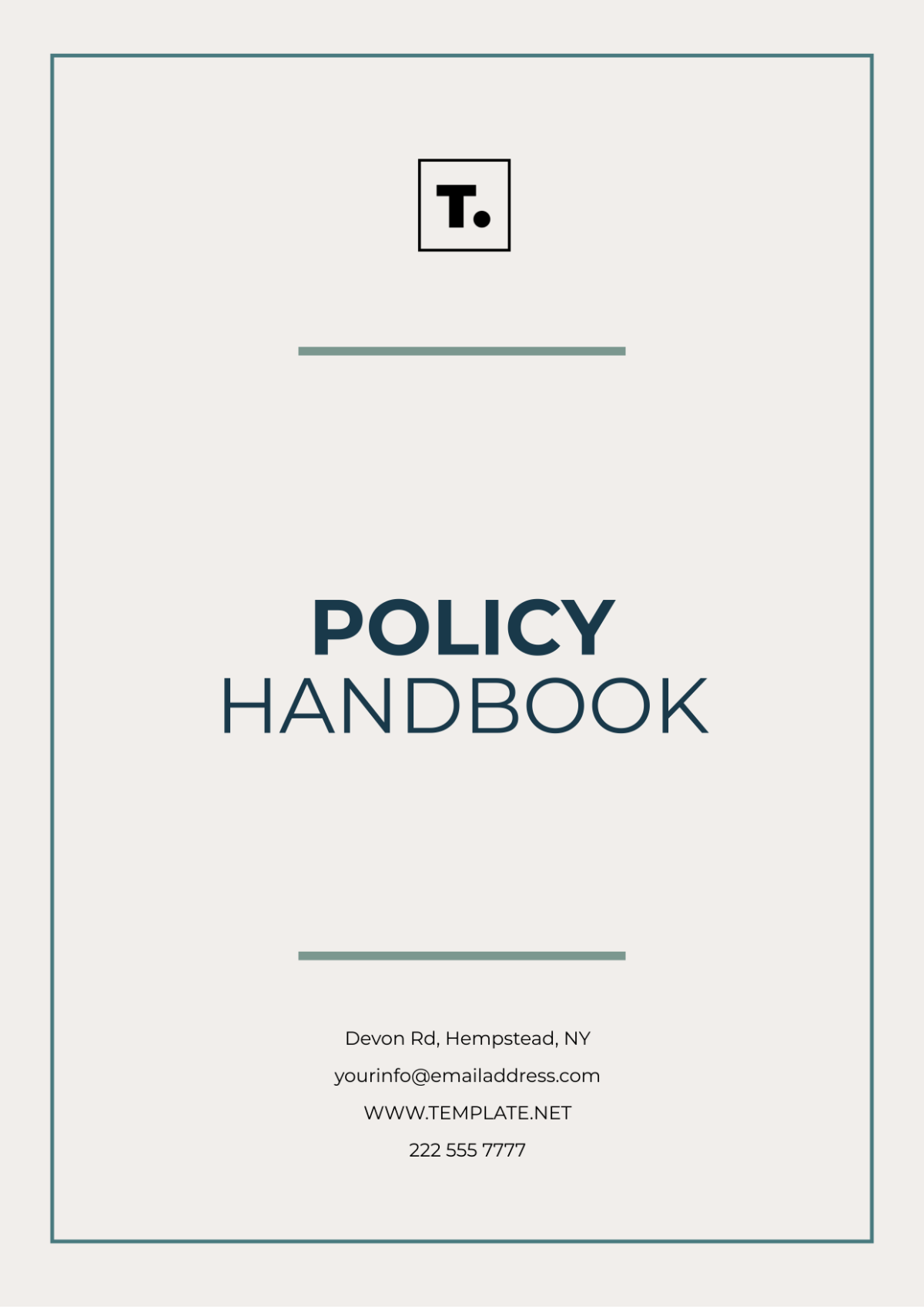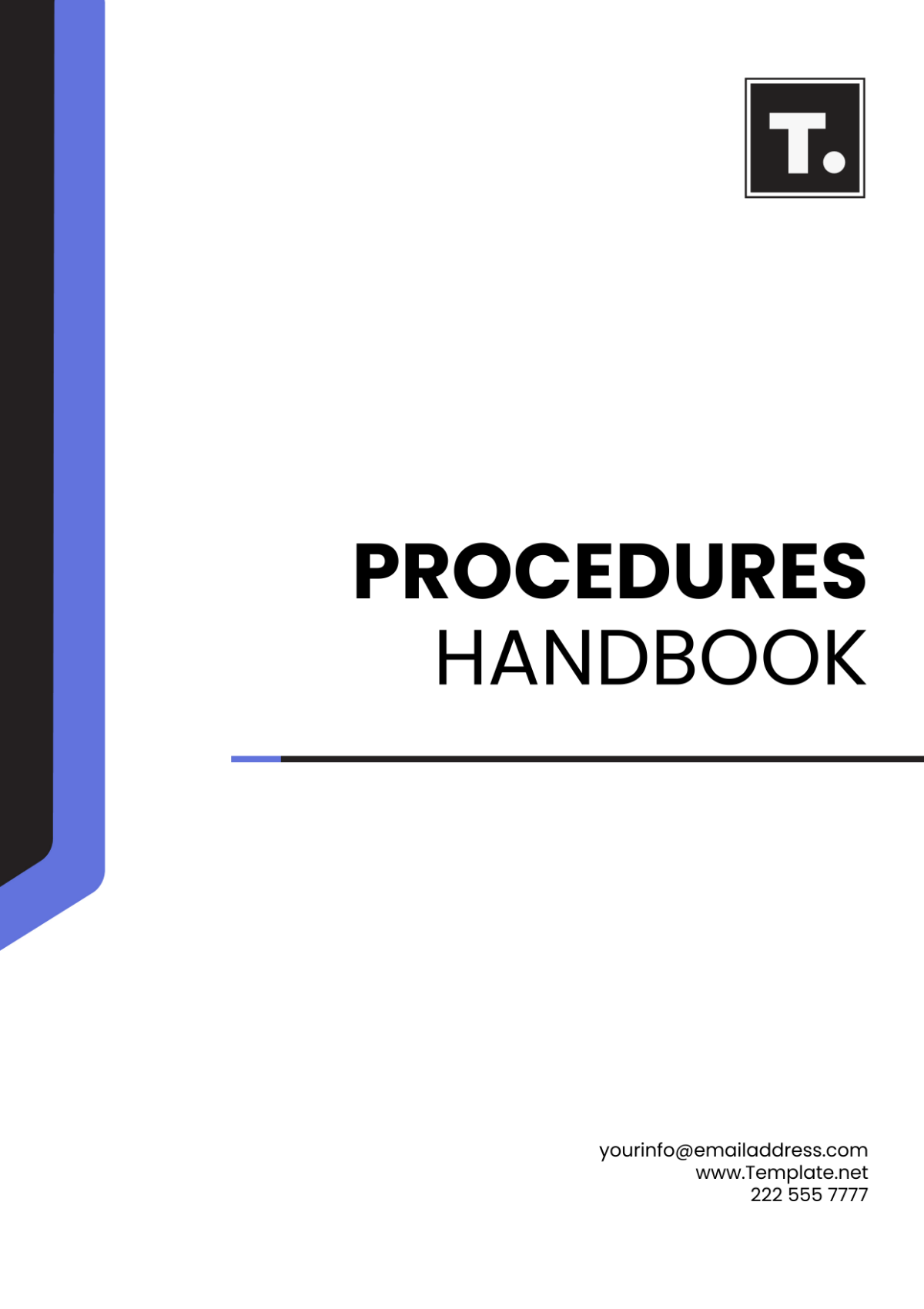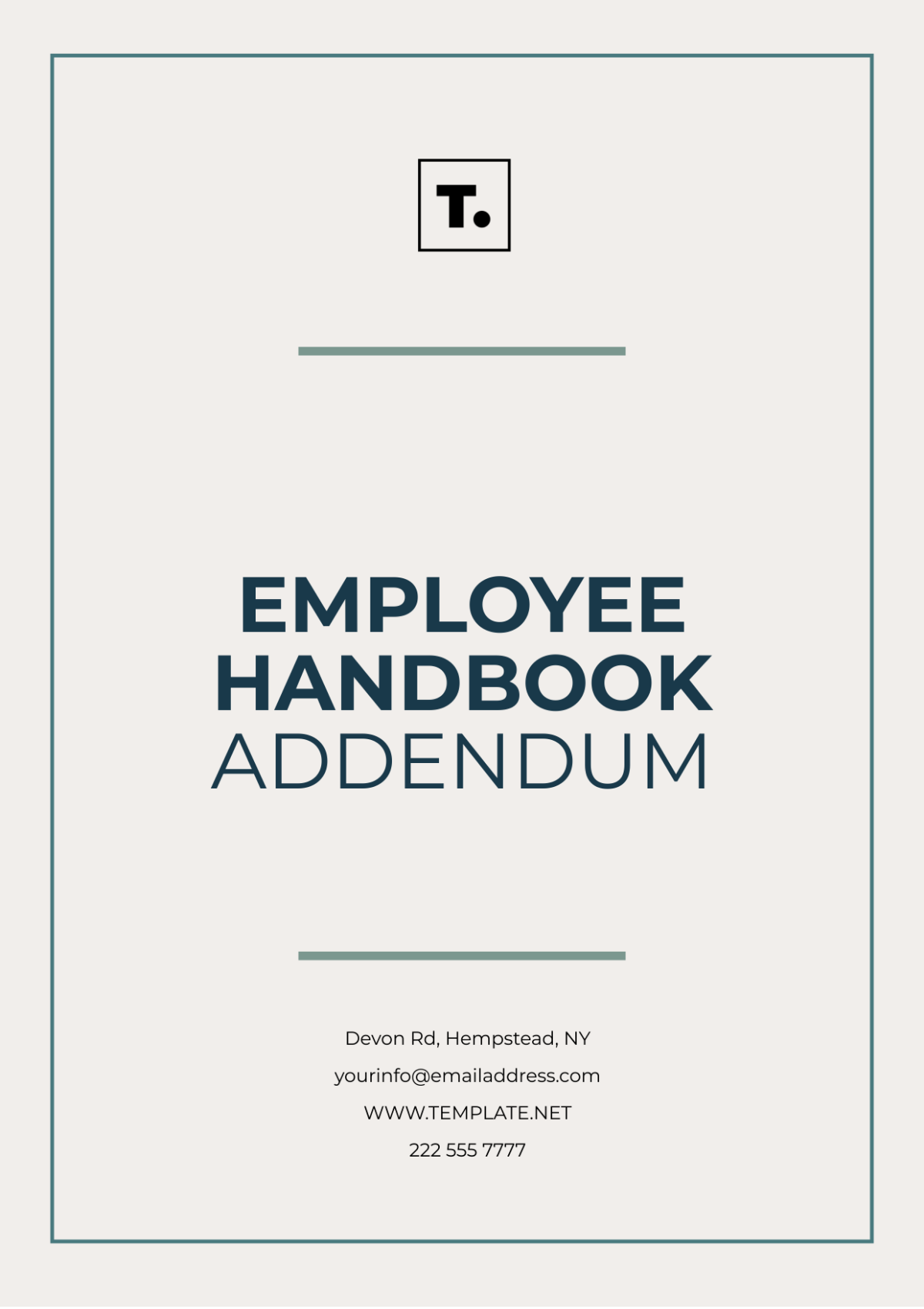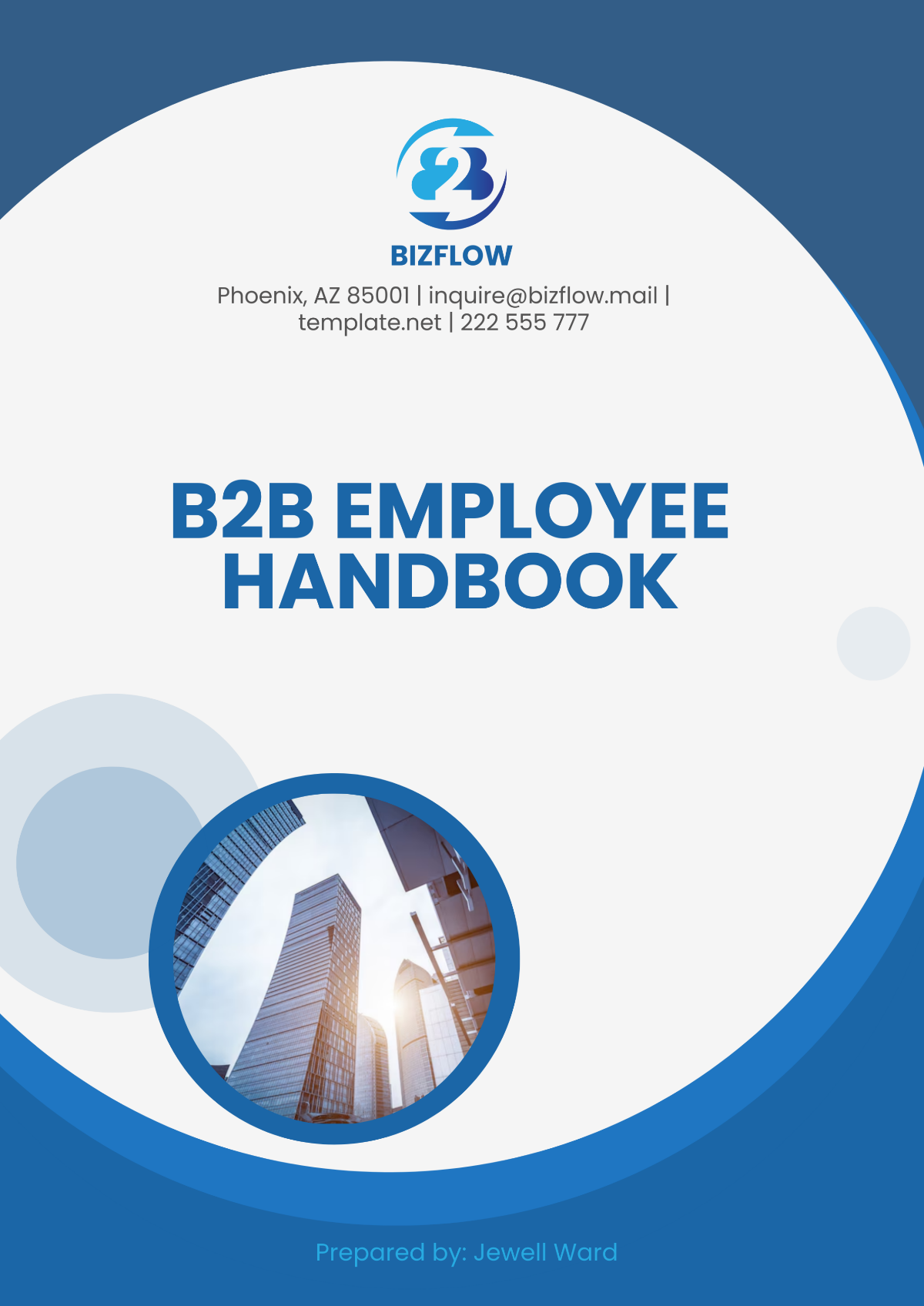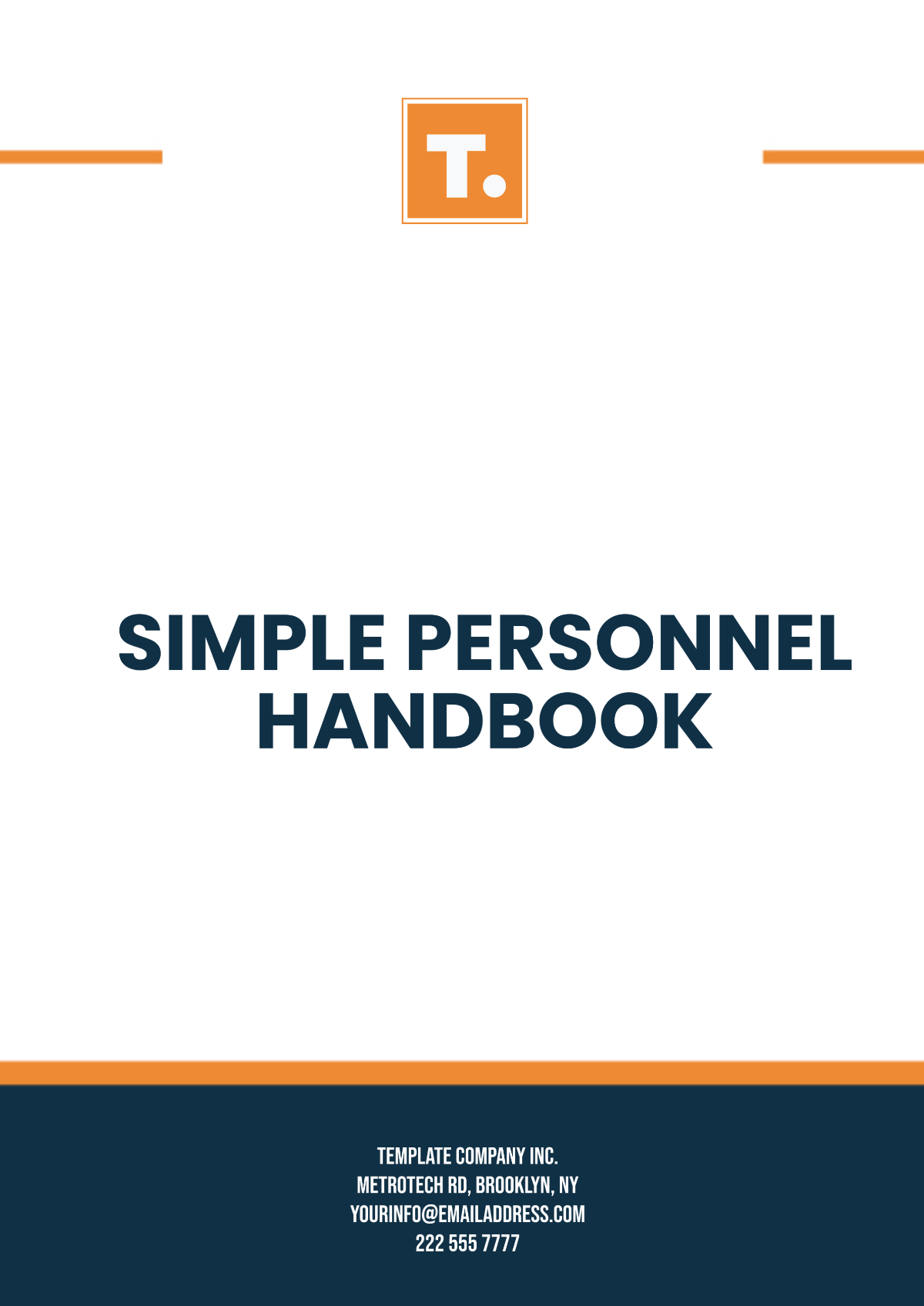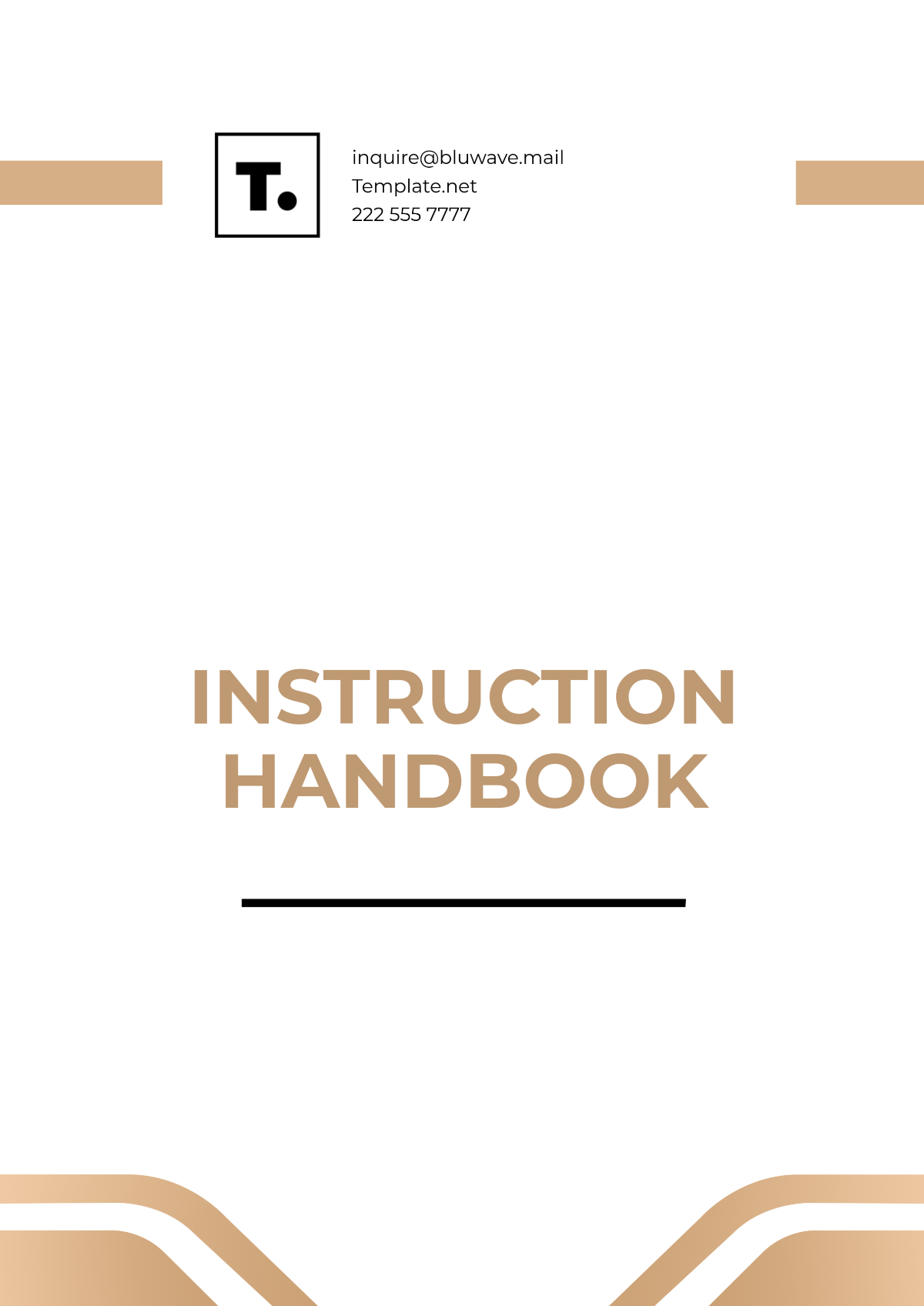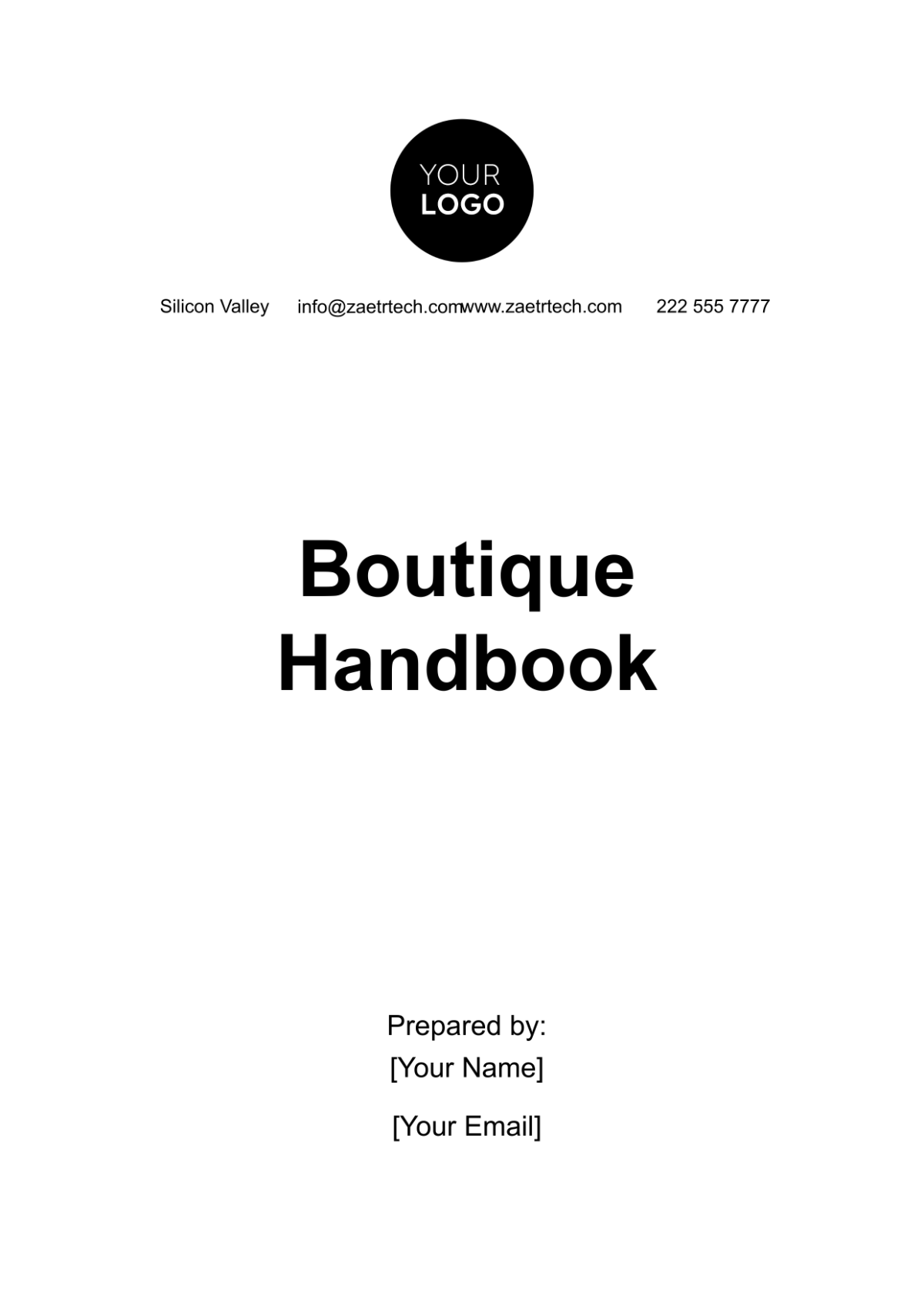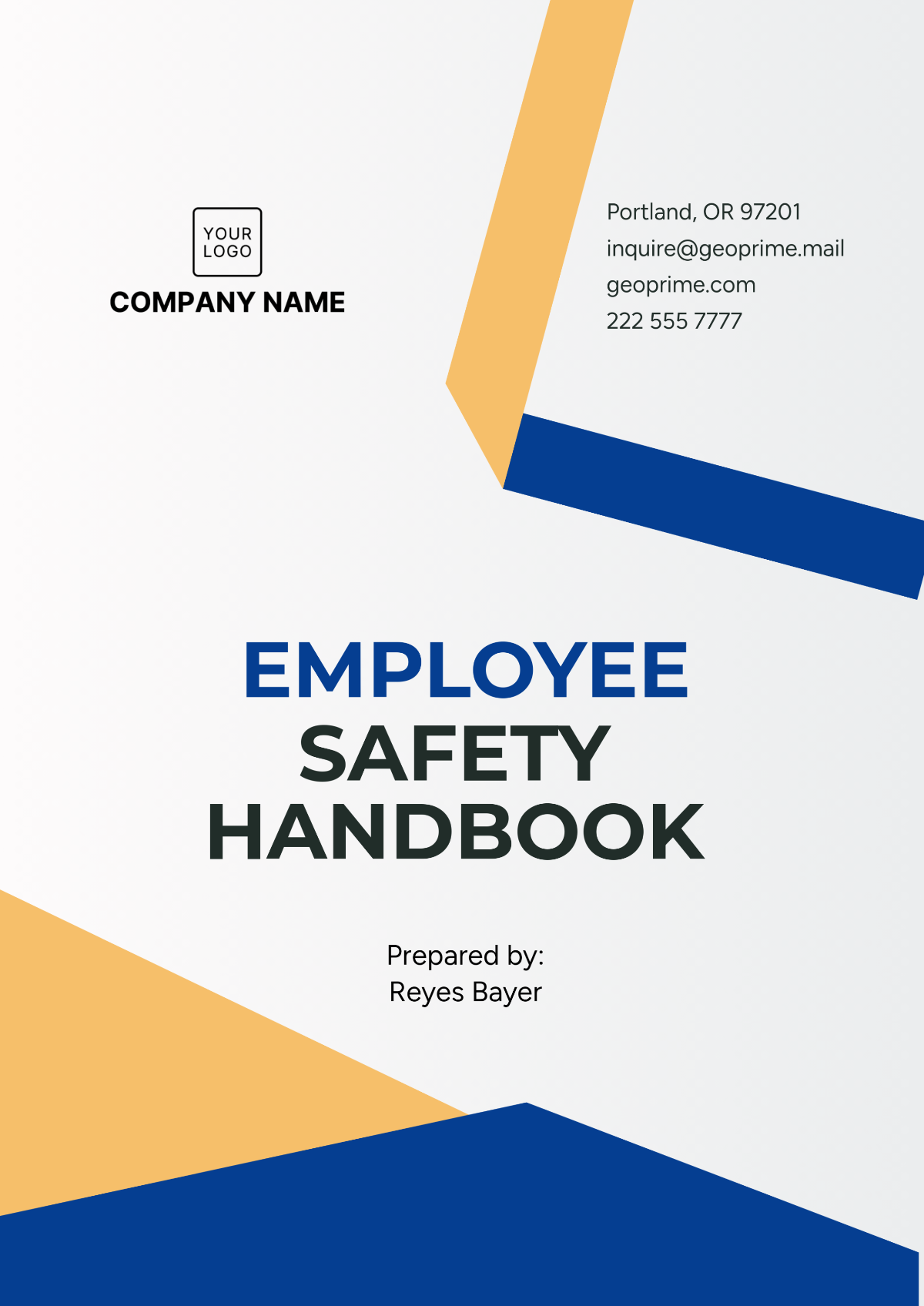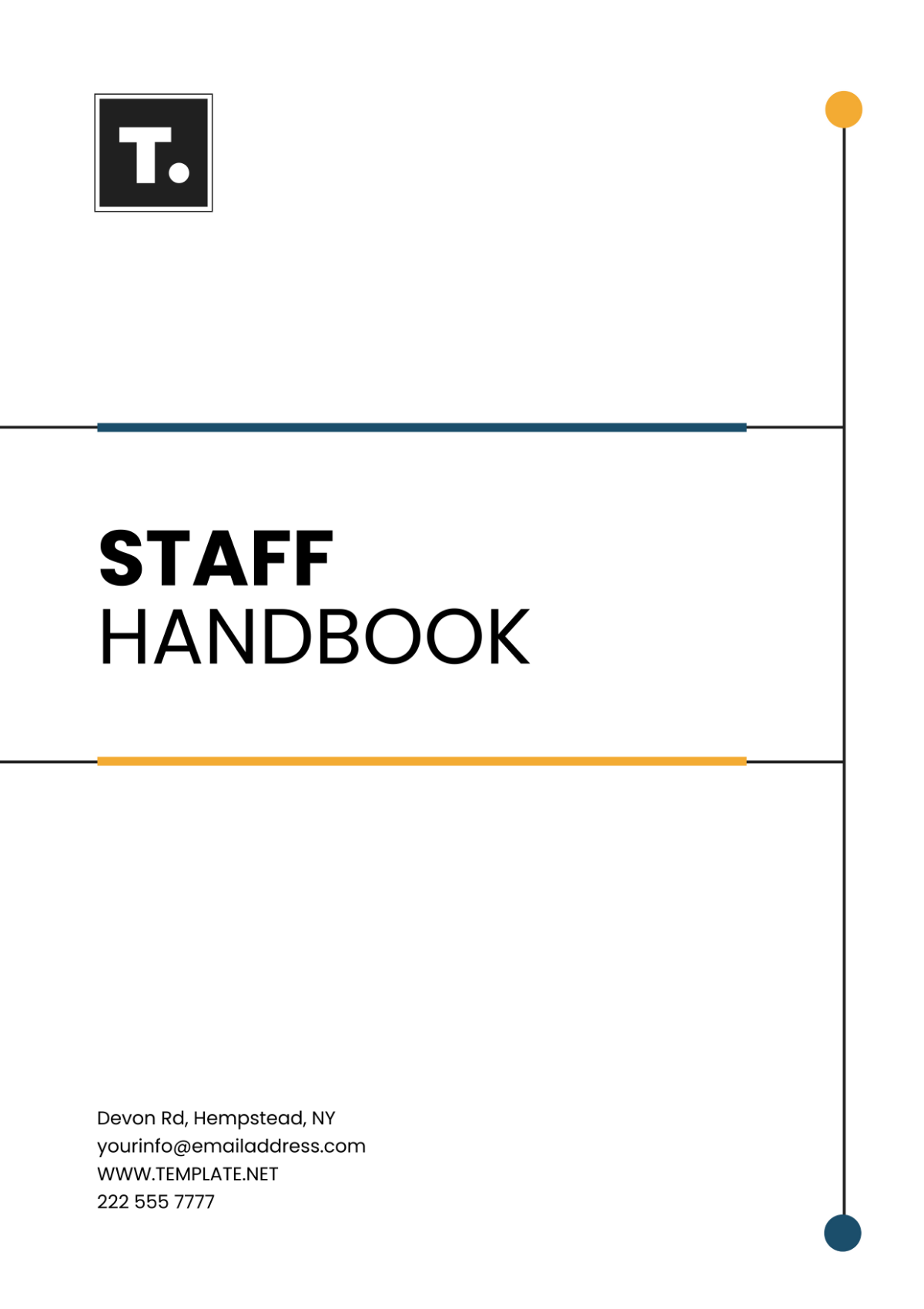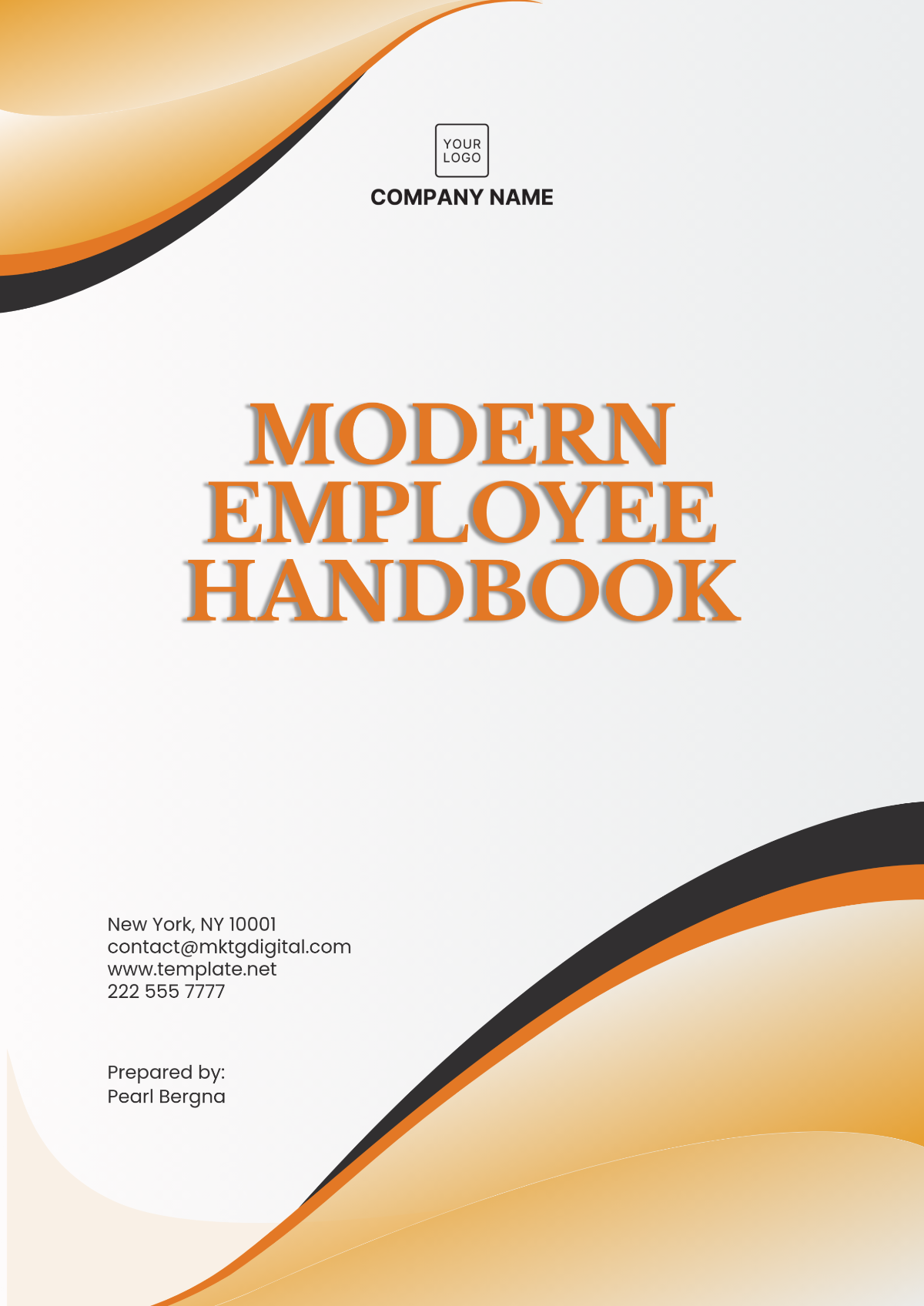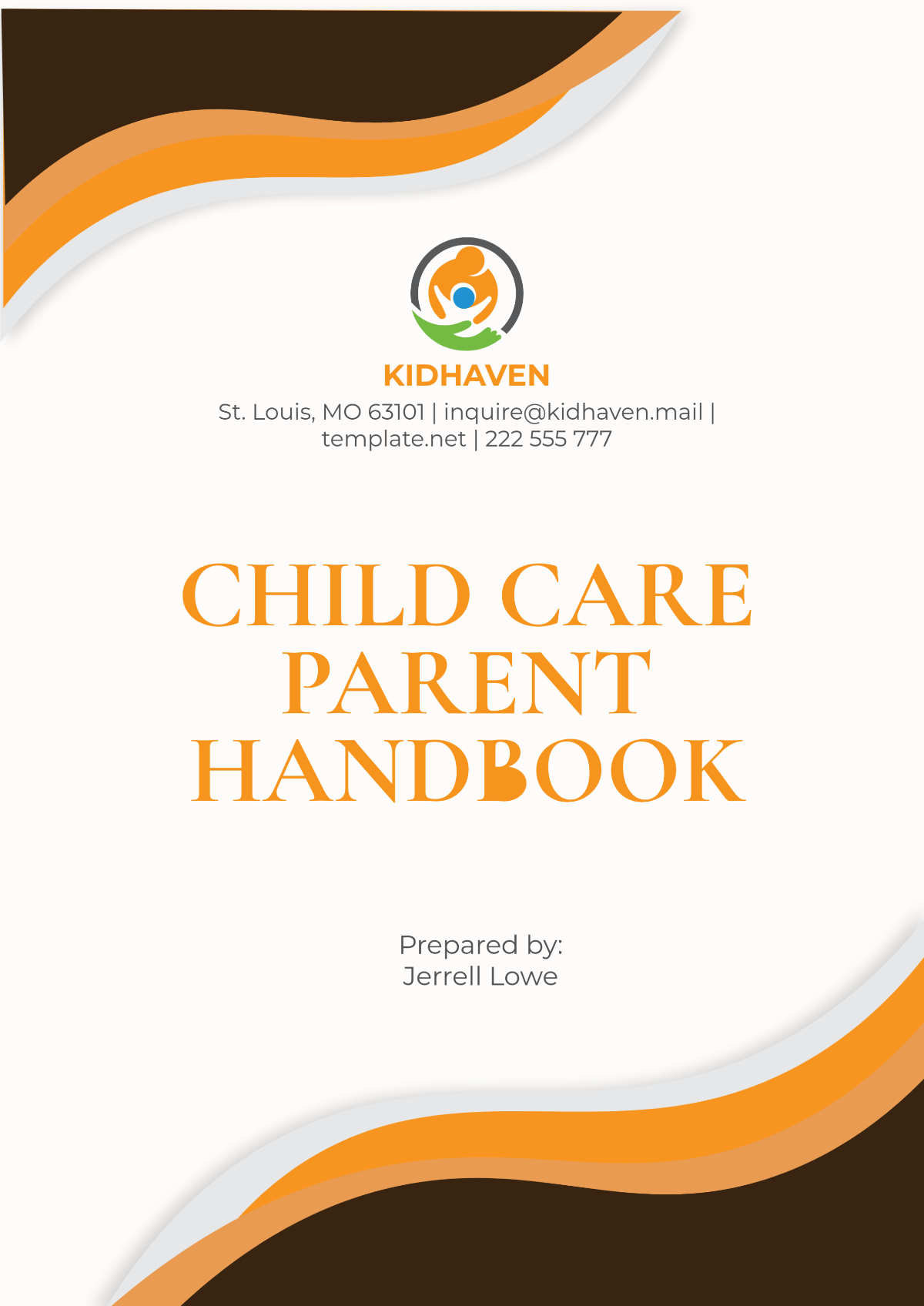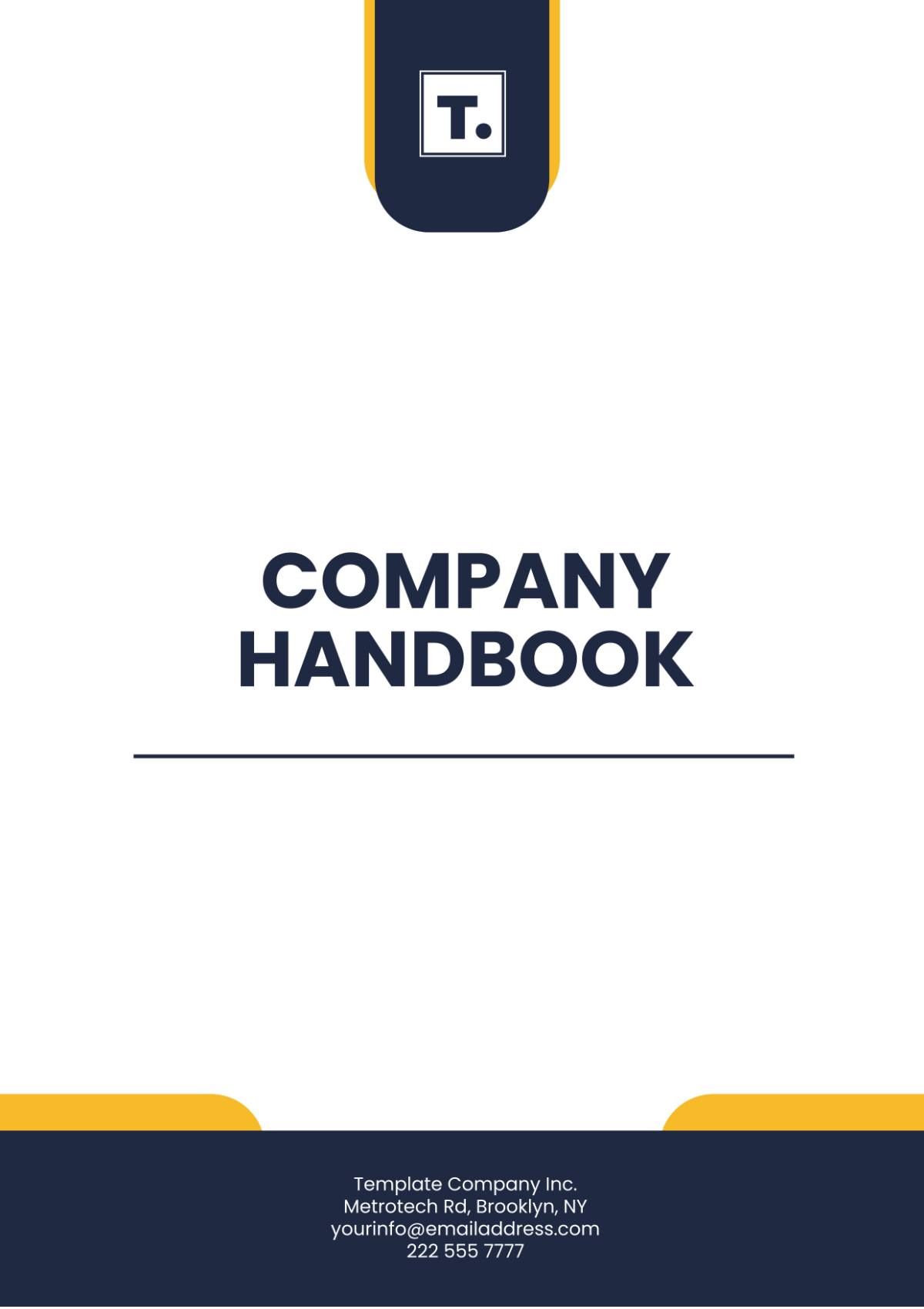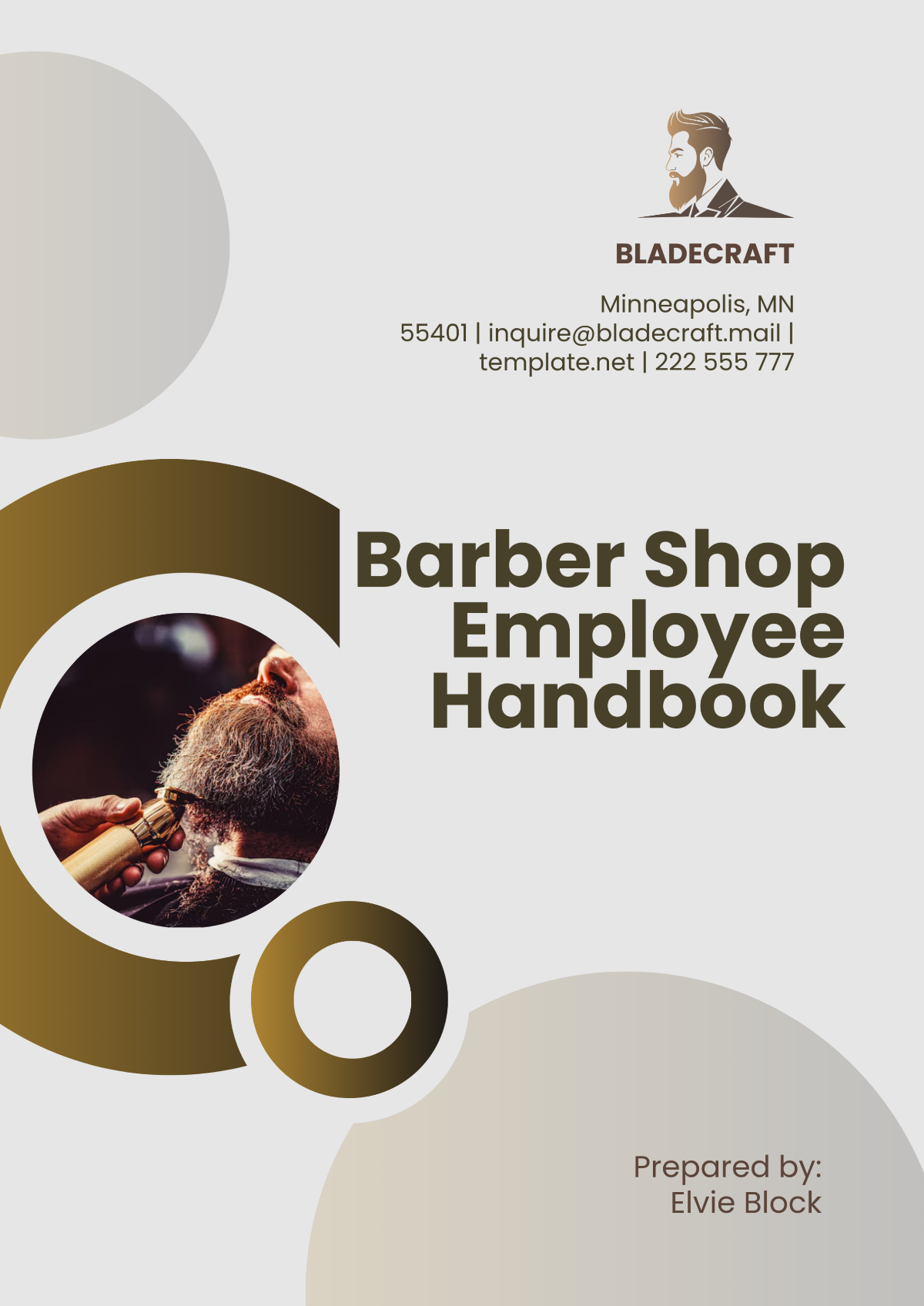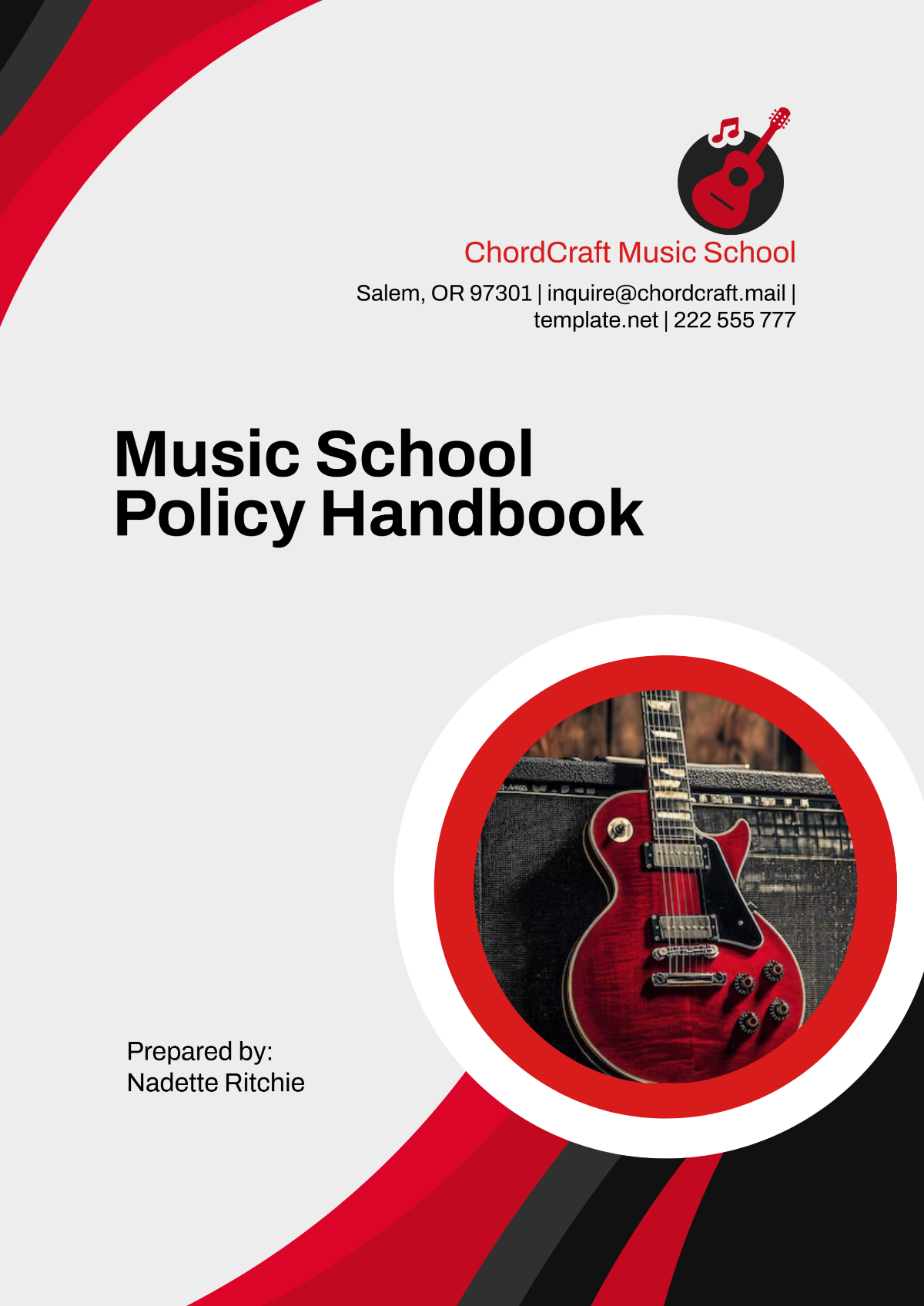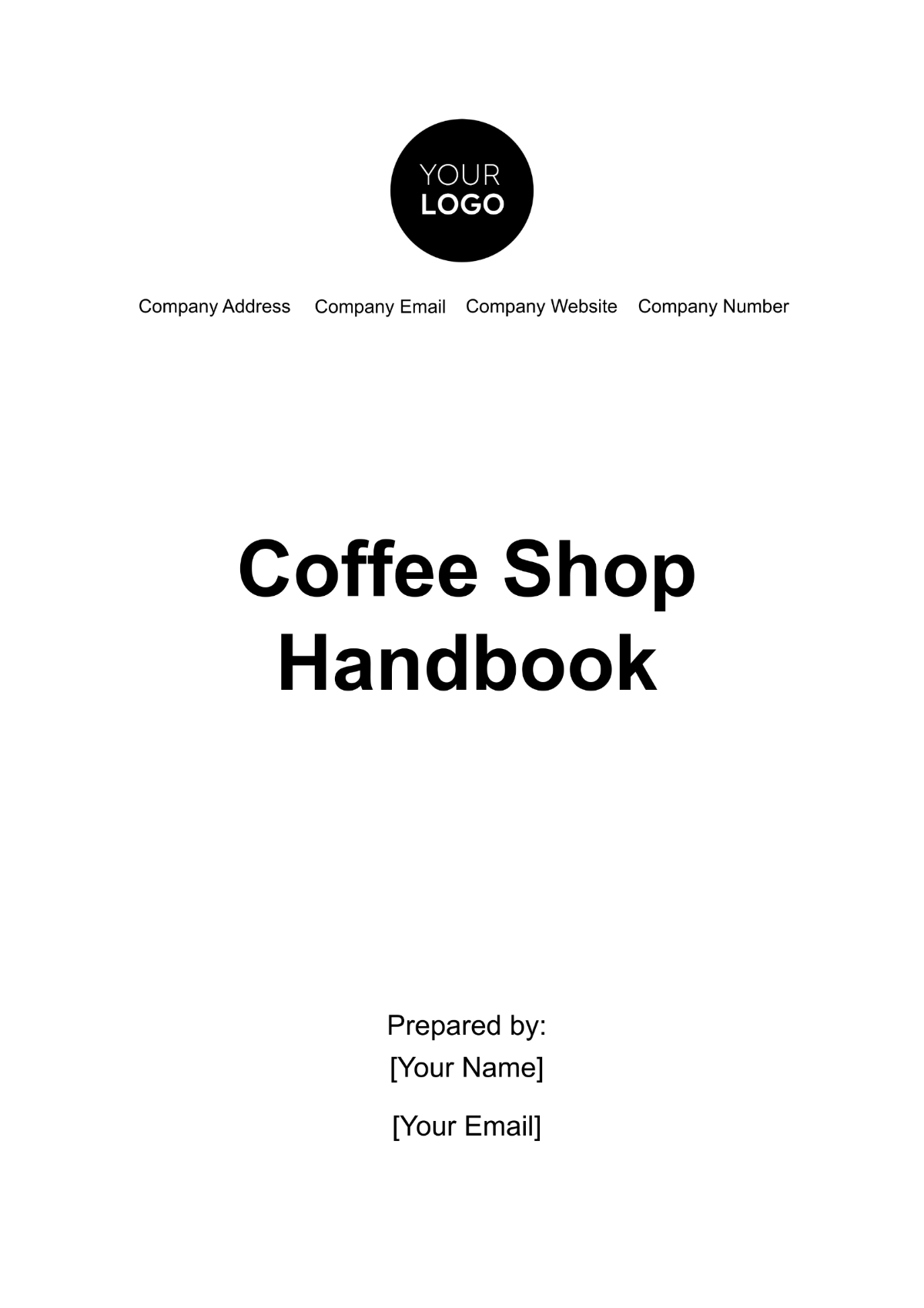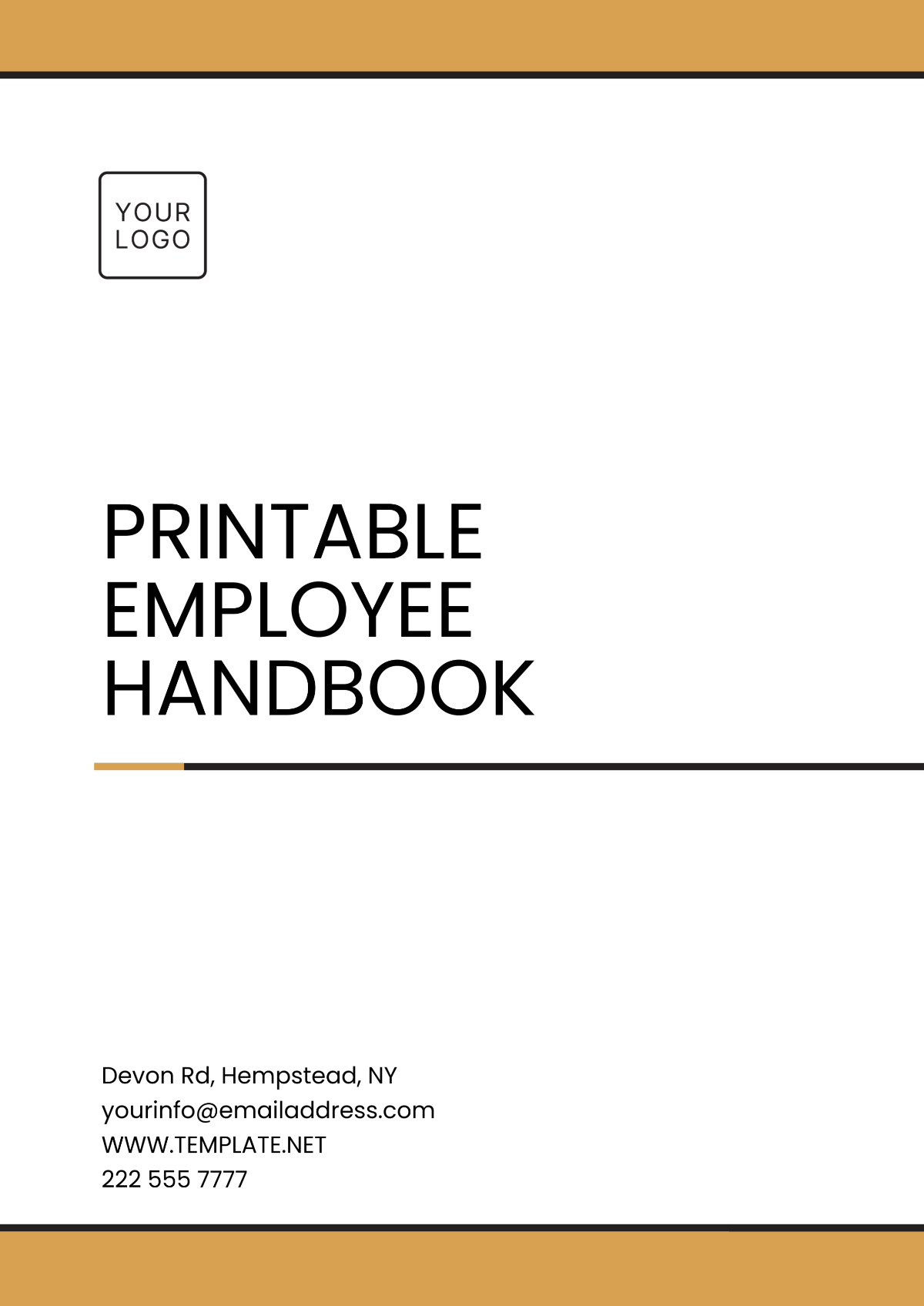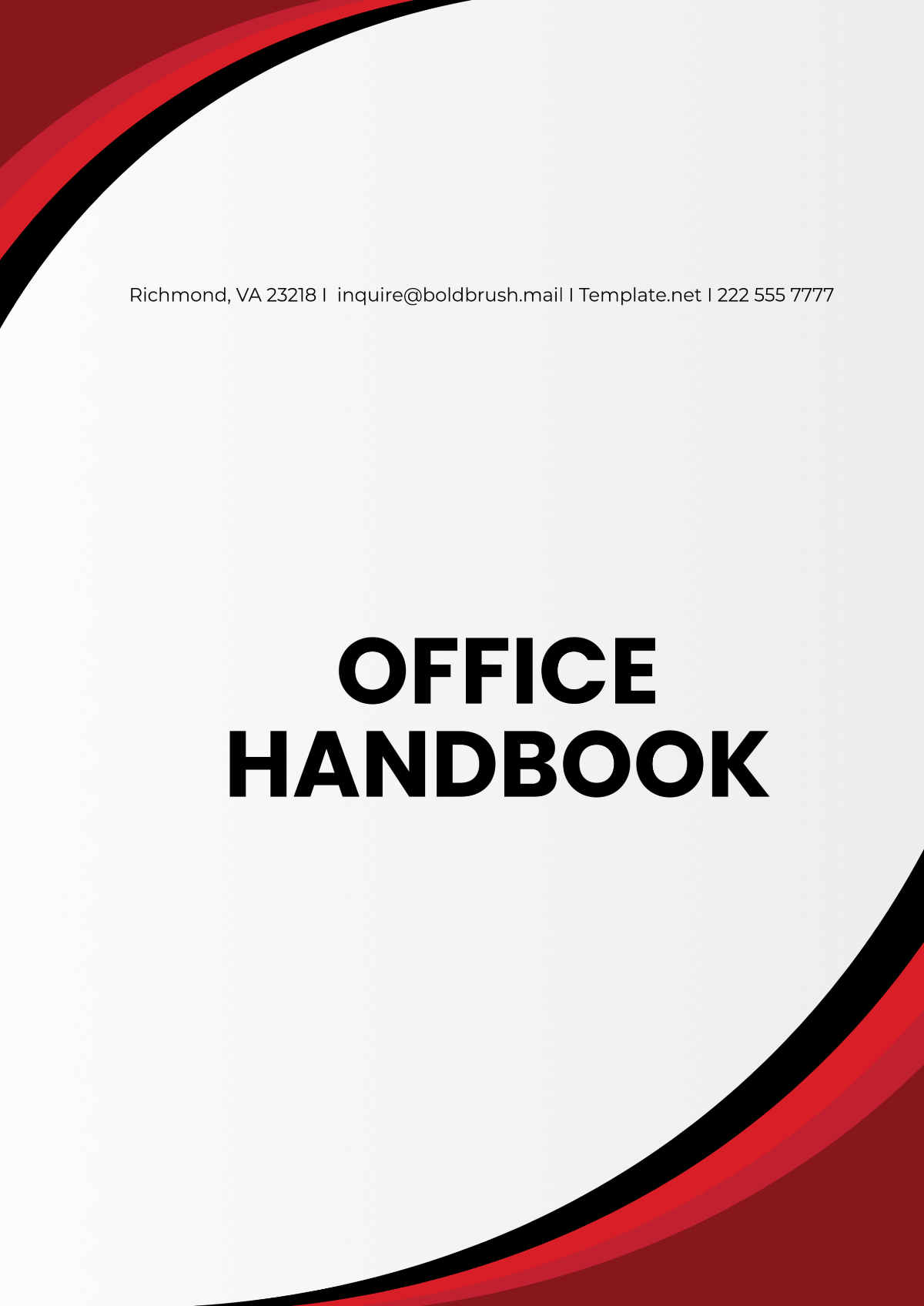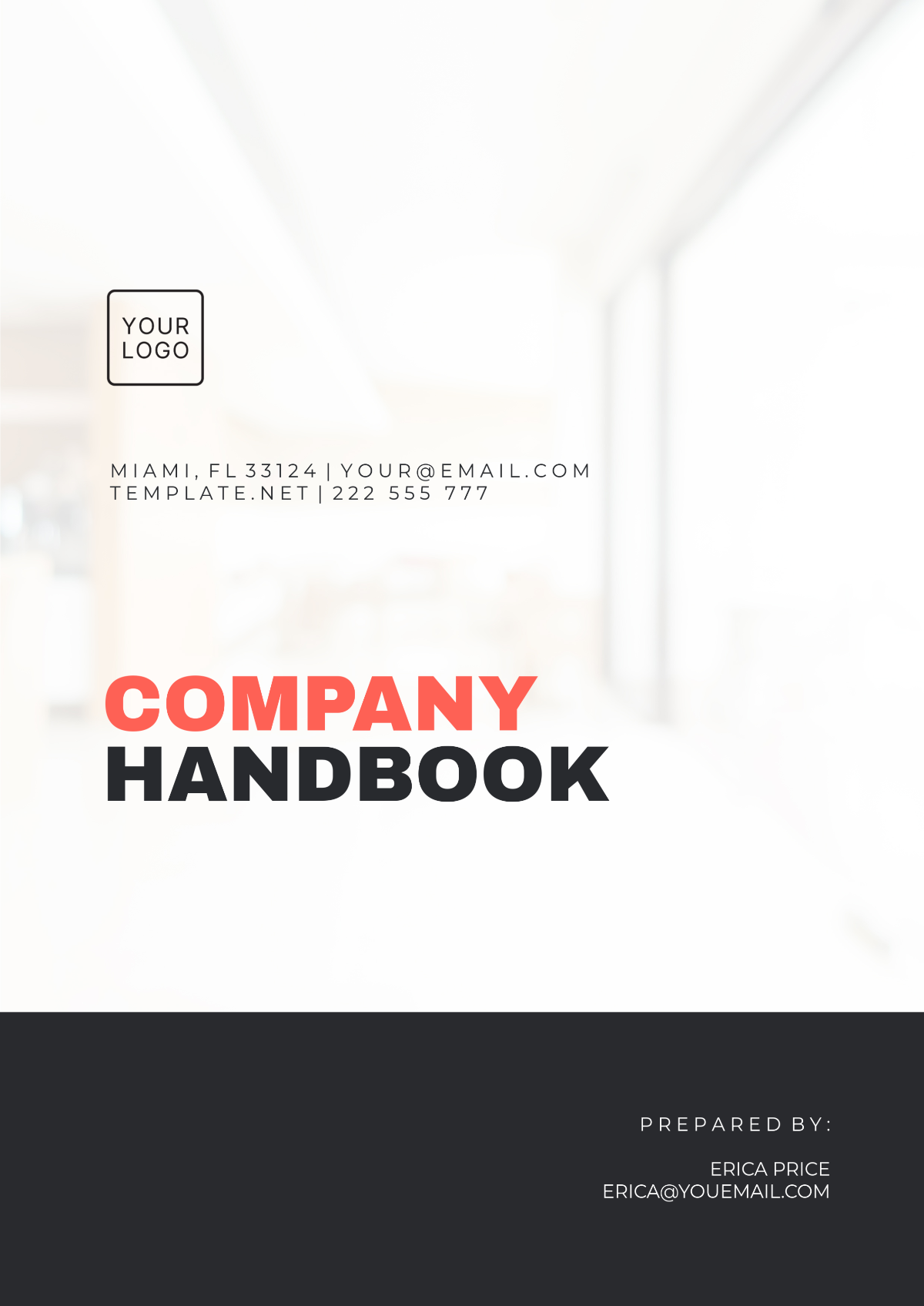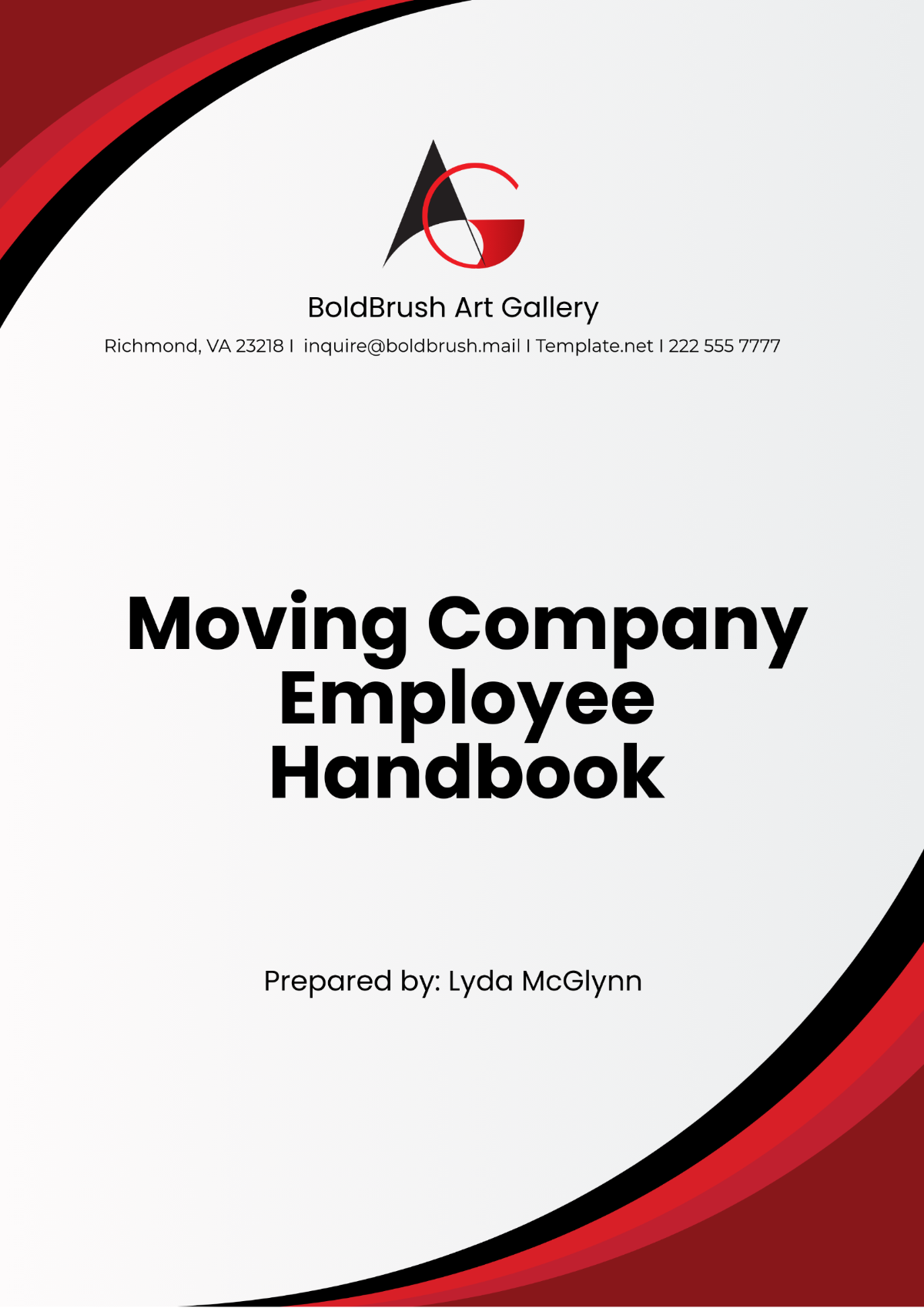Social Media Marketing Best Practices Handbook
Introduction
A. Overview
Welcome to the Social Media Marketing Best Practices Handbook by [Your Company Name]. This handbook aims to provide you with a comprehensive guide to effectively manage and optimize your social media marketing efforts.
B. Importance of Social Media Marketing
In today's digital age, social media serves as a powerful tool for businesses to reach their target audience, build brand awareness, and drive sales. Understanding how to leverage these platforms is crucial for achieving your marketing objectives.
Objectives
A. Business Goals
Your social media marketing strategy should align with your overall business goals. Whether it's increasing brand awareness, driving website traffic, or boosting sales, having clear objectives is crucial.
B. KPIs
Key Performance Indicators (KPIs) are metrics used to measure the success of your social media marketing efforts. Common KPIs include engagement rate, follower count, and conversion rate.
KPI | Description |
Engagement Rate | The percentage of people who engage with your content. |
Follower Count | The number of people following your social media accounts. |
Conversion Rate | The percentage of social media interactions that result in a desired action, such as a sale or sign-up. |
Target Audience
A. Identifying Your Audience
Knowing your target audience is essential for creating content that resonates with them. Consider factors like age, location, and interests when identifying your audience. For instance, if you're a fashion brand targeting young adults, your content should reflect the latest trends and styles that appeal to this demographic.
B. Audience Personas
Creating audience personas can help you understand and categorize your target audience better. This involves creating fictional characters that represent different segments of your audience. For example, "Fashionista Fiona" could be a persona representing young women interested in high-end fashion, while "Casual Carl" might represent men who prefer comfortable, everyday wear.
C. Audience Segmentation
Divide your audience into smaller segments based on specific characteristics like age, location, or buying behavior. This allows for more targeted and effective marketing campaigns
D. Audience Engagement Metrics
Monitor metrics like average session duration, pages per session, and bounce rate to understand how engaged your audience is with your content. These metrics can provide valuable insights into what your audience finds interesting or useful.
Social Media Platforms
A. Choosing the Right Platforms
Different social media platforms cater to different audiences and offer various features. Choose platforms that align with your target audience and objectives. For example, Instagram and TikTok are popular among younger audiences, while Facebook and LinkedIn are more commonly used by older demographics.
B. Platform-Specific Strategies
Each social media platform requires a unique approach. For example, Instagram is great for visual content, while LinkedIn is more suitable for B2B marketing. On Twitter, concise and timely posts are more effective, whereas YouTube is ideal for longer, more detailed content.
C. Platform Guidelines and Limitations
Each platform has its own set of rules and limitations, such as character counts or video lengths. Familiarize yourself with these to make the most out of each platform.
D. Cross-Platform Integration
Consider integrating your social media platforms for a more cohesive online presence. For instance, you can share your Instagram posts on Facebook or tweet your YouTube videos.
Content Strategy
A. Types of Content
Content can be categorized into various types, such as blog posts, videos, and infographics. Choose the types that best suit your audience and objectives. For example, how-to videos might be more engaging for a DIY crafts audience, while industry reports would be more appropriate for a B2B audience.
B. Content Calendar
A content calendar helps you plan and schedule your posts in advance. This ensures consistency and allows you to align your posts with upcoming events or holidays. Use tools like Google Calendar or specialized software to keep track of your posting schedule.
C. Content Themes
Having recurring themes can make your content more predictable and engaging for your audience. For example, you could have "Motivation Mondays" for inspirational posts or "Tech Tuesdays" for technology-related content.
D. User-Generated Content
Encourage your audience to create and share content related to your brand. This not only boosts engagement but also provides you with free marketing material.
Posting Schedule
A. Frequency
The frequency of your posts can impact your engagement and reach. Too many posts can annoy your audience, while too few can make you irrelevant. A general guideline is to post at least three times a week on platforms like Instagram and Facebook, and multiple times a day on Twitter.
B. Best Times to Post
Understanding when your audience is most active can help you schedule your posts for maximum engagement. This varies depending on the platform and your target audience. For example, the best time to post on Instagram might be different from the best time to tweet.
C. Seasonal and Event-Based Posting
Align your posting schedule with seasons, holidays, or special events that are relevant to your brand. For example, a fashion brand might focus on summer styles during the warmer months and switch to winter fashion as the season changes.
D. Automated Posting
Consider using social media management tools to automate your posting schedule. This ensures that your posts go live at the optimal times, even if you're not available to post manually.
Engagement Metrics
A. Monitoring Engagement
Engagement metrics like likes, shares, and comments give you an insight into how well your content is performing. These should be monitored regularly using analytics tools provided by the social media platforms or third-party software.
B. Improving Engagement
If your engagement metrics are low, consider revising your content strategy. Experiment with different types of content and posting times to see what works best. A/B testing can be particularly useful for this.
C. Engagement Over Time
To visualize how your engagement metrics have changed over time, consider using a line chart.
This chart shows the number of engagements over the first four months of the year. As you can see, there's a general upward trend, indicating that the engagement strategies are effective.
D. Engagement Benchmarks
Compare your engagement metrics with industry benchmarks to see how you're performing relative to competitors. This can provide valuable insights into areas for improvement.
Crisis Management
A. Identifying a Crisis
A social media crisis can be anything from negative comments to a full-blown PR disaster. Identifying a crisis early is crucial for damage control. Monitor your social media channels for any sudden spikes in negative comments, mentions, or direct messages.
B. Crisis Response Plan
Having a crisis response plan in place can help you navigate through the situation effectively. This should include steps for addressing the issue and communicating with your audience. For example, if a product recall is necessary, your plan should outline how to announce this to the public and how to handle customer queries.
C. Crisis Communication
Clear and transparent communication is key during a crisis. Whether it's a public apology or a detailed explanation, ensure that your message is consistent across all platforms. Use your social media channels to keep your audience updated on how you're resolving the issue.
D. Post-Crisis Analysis
After the crisis has been resolved, conduct a thorough analysis to understand what went wrong and how it was handled. This will help you improve your crisis management strategies for the future.
Influencer Partnerships
A. Choosing Influencers
When choosing influencers to partner with, consider their audience, engagement rate, and how well they align with your brand. Use tools like influencer marketplaces or analytics platforms to find influencers that fit your criteria.
B. Managing Partnerships
Effective management of influencer partnerships involves clear communication, setting expectations, and monitoring performance. Draft contracts that outline deliverables, timelines, and compensation to ensure a smooth collaboration.
C. Measuring ROI
To determine the success of your influencer partnerships, measure the return on investment (ROI) by tracking metrics like engagement, reach, and conversions generated from the influencer's content.
D. Ethical Considerations
Ensure that your influencer partnerships adhere to ethical guidelines and disclosure requirements. For example, paid partnerships should be clearly indicated in the content to maintain transparency.
Paid Advertising
A. Types of Ads
Social media platforms offer various types of paid advertising options, such as sponsored posts and display ads. Choose the type that aligns with your objectives. For instance, if your goal is to increase website traffic, a click-through ad would be more appropriate than a brand awareness ad.
B. Budgeting
Setting a budget for your paid advertising campaigns is crucial for ROI. Monitor your spending and adjust your budget as needed. Use analytics tools to track your ad performance and make data-driven decisions.
C. Ad Targeting
Most social media platforms offer advanced targeting options that allow you to reach a specific audience based on demographics, interests, and behavior. Utilize these features to maximize the effectiveness of your ads.
D. A/B Testing
Run A/B tests to determine which ad creatives and targeting options are most effective. This involves creating multiple versions of an ad and comparing their performance to see which one yields the best results.
Distribution of Budget Across Different Ad Types
In the context of Paid Advertising, it's crucial to understand how your budget is allocated across different types of ads. This can help you make informed decisions on where to invest for maximum ROI.
As depicted in the chart, the majority of the budget is allocated to Sponsored Posts (40%), followed by Display Ads (30%), Click-Through Ads (20%), and Video Ads (10%). This distribution may vary based on your specific objectives and target audience, but it serves as a general guideline for budget allocation.
Analytics and Reporting
Data Collection
Collecting data on your social media performance is crucial for measuring success and making informed decisions. Use built-in analytics tools provided by the social media platforms or third-party software to gather data.
Data Analysis
Analyzing the collected data can provide insights into what's working and what needs improvement. This should be done on a regular basis to optimize your strategy. Metrics to focus on include engagement rates, click-through rates, and conversion rates.
Reporting
Compile your analytics data into comprehensive reports to share with your team or stakeholders. These reports should include key findings, trends, and recommendations for future strategies.
Data Visualization
Visualizing your data can make it easier to interpret and share. Use charts, graphs, and other visual aids to represent your data effectively. For example, a pie chart could be used to show the distribution of traffic sources, while a bar chart could illustrate monthly engagement rates.
Conclusion and Next Steps
A. Summary
This handbook provides a comprehensive guide to social media marketing best practices. Following these guidelines will help you effectively manage and optimize your social media efforts. From understanding your target audience to leveraging influencer partnerships, each section offers valuable insights into different aspects of social media marketing.
B. Next Steps
The next steps involve implementing the strategies outlined in this handbook. Regularly review and update your strategy to ensure it aligns with your objectives and KPIs. Set up regular team meetings to discuss performance metrics and brainstorm new ideas.
C. Continuous Learning
Social media is an ever-changing landscape. Stay updated with the latest trends, platform updates, and best practices by attending webinars, reading industry reports, and following thought leaders in the field.
D. Feedback Loop
Encourage feedback from your team and your audience to continuously improve your social media marketing efforts. Use surveys or direct engagement to gather opinions and suggestions.

